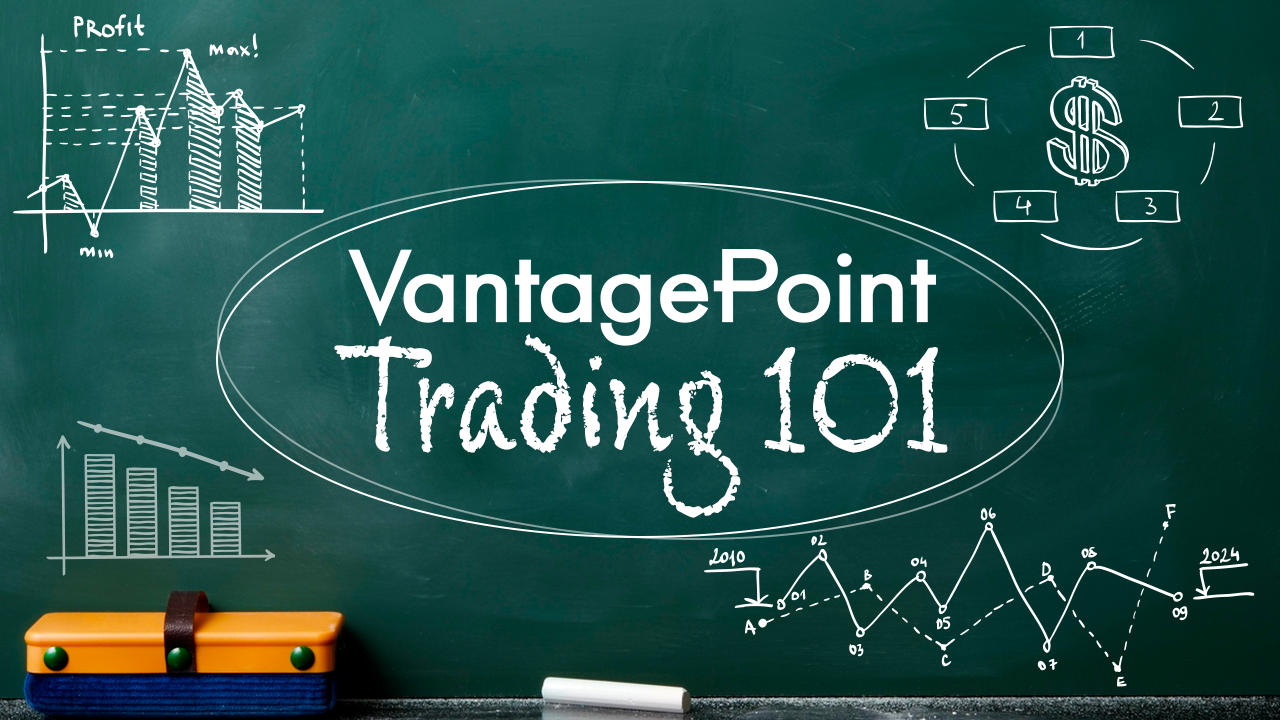A stop-loss order is a fundamental risk management tool that helps traders limit their losses. By setting a predefined exit price, traders can automatically close a losing position before it escalates.
- Automatic Exit: A stop-loss order automatically sells your asset when it hits a certain price, preventing further losses.
- Discipline: Enforcing discipline by sticking to your predetermined exit strategy, regardless of market emotions is key.
- Variety of Orders: Learn about different types of stop-loss orders, such as trailing stops, which move with the market price to lock in profits.
When it comes to risk management in trading, understanding and utilizing a variety of stop-loss orders can significantly enhance your ability to protect profits and limit losses. Here’s an in-depth look at some key types of stop-loss orders:
1. Standard Stop-Loss Order
A standard stop-loss order is an instruction to sell a security when it reaches a specific price. This type of order helps you limit losses by automatically closing a trade at a predetermined price level.
Example: If you buy a stock at $100 and set a stop-loss order at $95, your stock will automatically be sold if the price drops to $95, preventing further losses.
2. Trailing Stop Order
A trailing stop order is more dynamic and allows you to protect gains while also limiting losses. Unlike a standard stop-loss order, a trailing stop moves with the market price, maintaining a set distance from the current price.
Example: If you set a trailing stop of $5 below the current price of $100, the stop-loss price will be $95. If the stock price rises to $110, the trailing stop will move to $105. If the stock price then falls to $105, the order will trigger, locking in your profits.
Benefits:
- Locks in Profits: As the market price rises, the trailing stop moves up, ensuring that you capture gains.
- Flexibility: Adjusts automatically to market movements without the need for constant monitoring.
3. Stop-Limit Order
A stop-limit order is a combination of a stop order and a limit order. It triggers a limit order once the stop price is reached. This means that you set both a stop price and a limit price. The trade will only be executed within the specified price range.
Example: If you set a stop-limit order with a stop price at $50 and a limit price at $48, the order will only execute if the stock can be sold between $48 and $50.
Benefits:
- Controlled Execution: Ensures that your order is executed within a specific price range, preventing unfavorable trades during high volatility.
4. Guaranteed Stop-Loss Order
A guaranteed stop-loss order ensures that your trade will be closed at the exact stop-loss price you set, regardless of market conditions. This type of order is often used in highly volatile markets.
Example: If you set a guaranteed stop-loss order at $100, your trade will be closed at $100 even if the market gaps down below this price.
Benefits:
- Absolute Protection: Provides certainty that your losses will not exceed the specified level, even in highly volatile markets.
5. Market-On-Close (MOC) Order
A market-on-close order is executed at the market close, ensuring that the trade occurs at the final price of the trading session. This can be used to protect against overnight risks or to capture the day’s closing price.
Example: If you set an MOC order, your trade will be executed at the closing price of the trading day, regardless of where the price moves throughout the day.
Benefits:
- End-of-Day Protection: Helps manage risk by exiting a position at the close of the trading day, reducing exposure to after-hours market movements.
Why Use Artificial Intelligence for Risk Management?
Many traders are now leveraging artificial intelligence to enhance their risk management strategies. A.I. can analyze vast amounts of data in real-time, identify patterns, and optimize the placement and adjustment of stop-loss orders. This reduces emotional decision-making and increases the precision of your risk management approach.
Join Our Free Live Training
To learn more about how A.I. can transform your trading strategy and improve your risk management techniques, join our Free Live training session. Our Pro Trader will cover advanced strategies, including the integration of AI tools to safeguard your investments and maximize your trading potential. Don’t miss out on this valuable opportunity!








